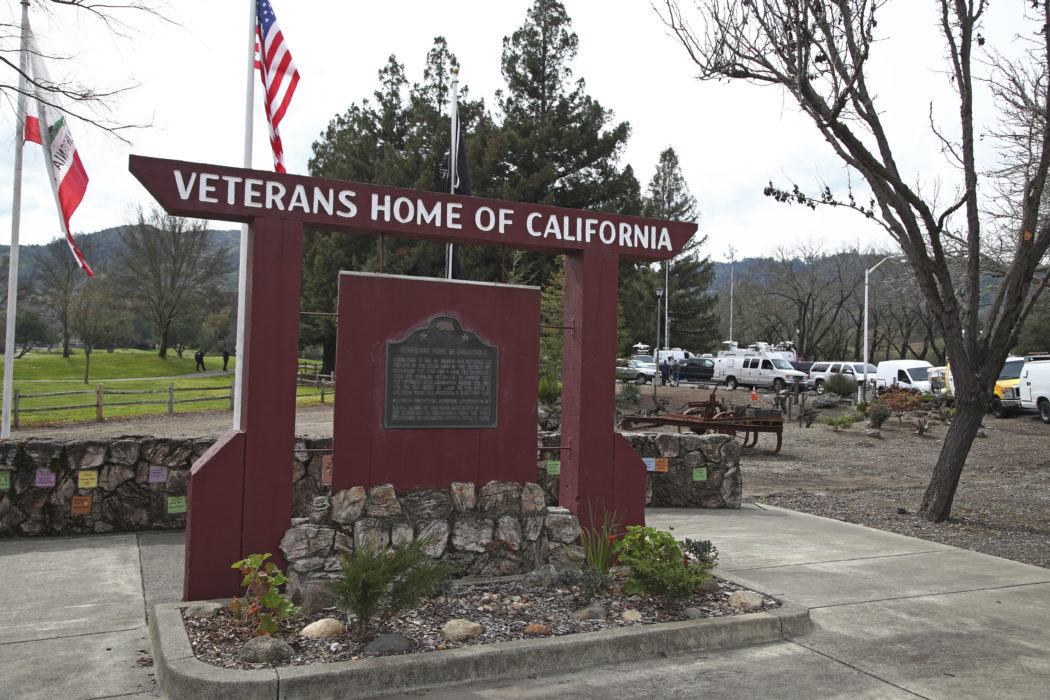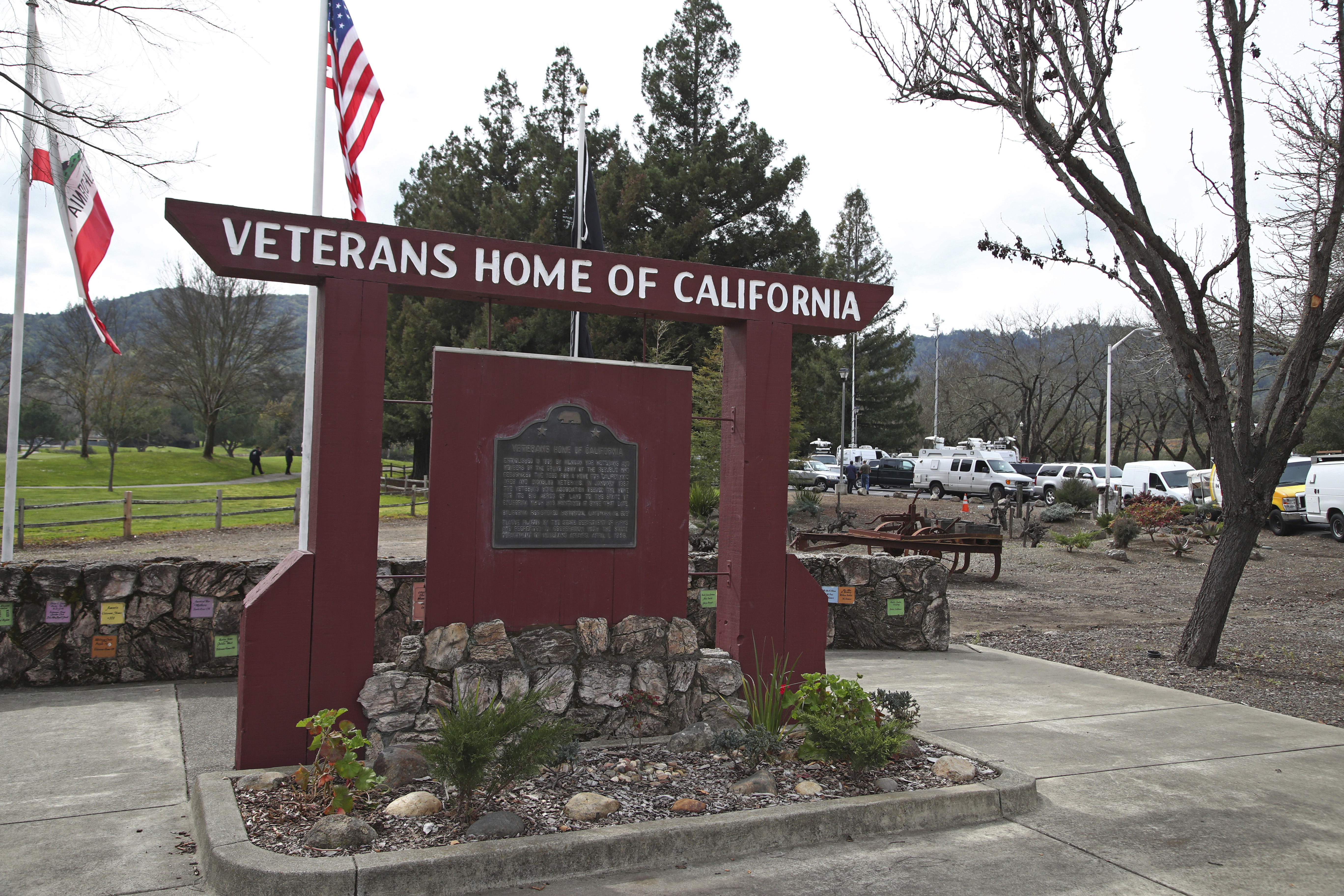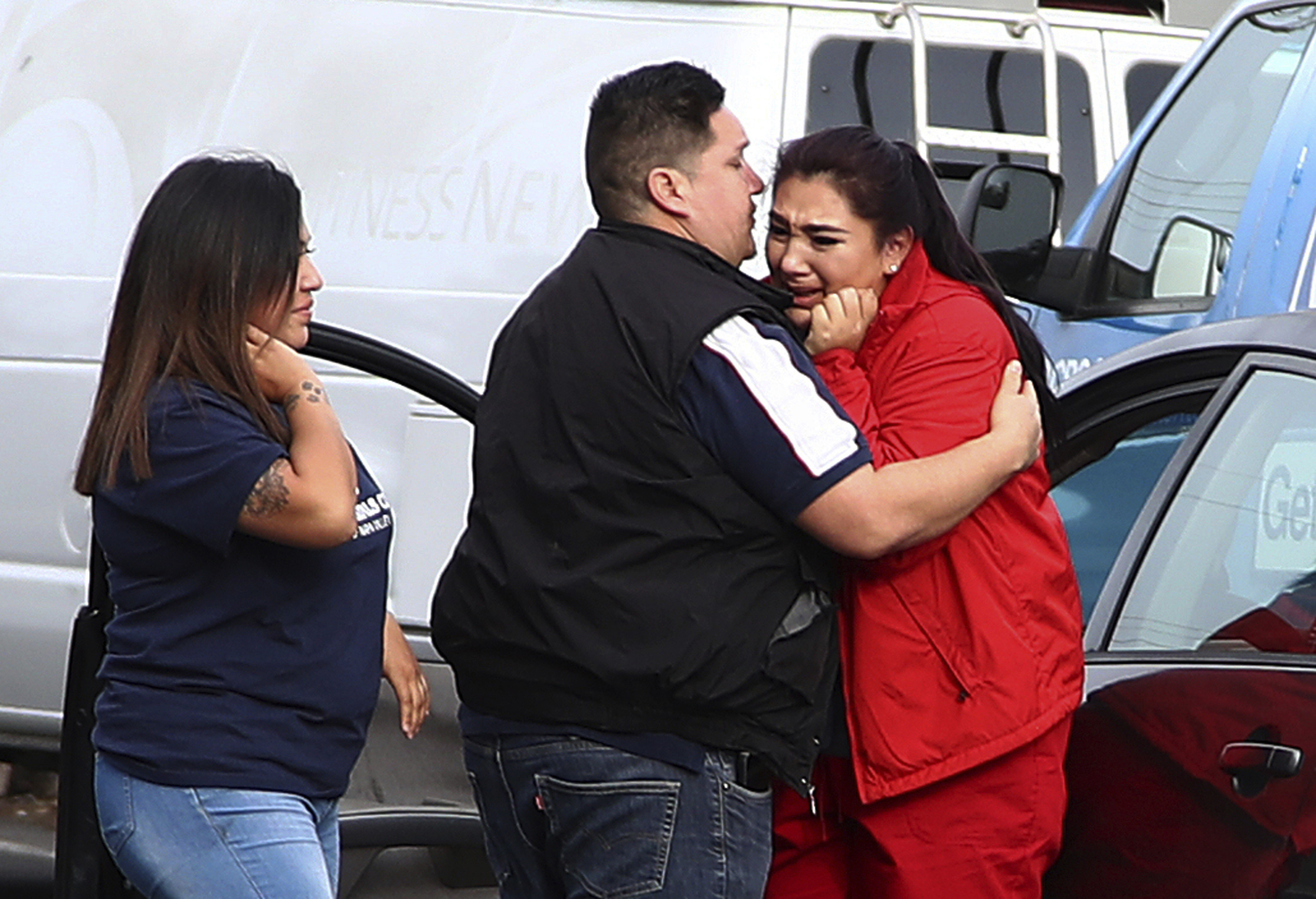Q&A: What’s known of fatal shootings at California vets home
SAN FRANCISCO (AP) — Three days after a former Army rifleman killed three mental health care workers at a program where he had received care in Northern California, there are still more questions than answers. Albert Wong, 36, slipped into a going-away party at The Pathway Home on Friday morning. About seven hours later, a robot with a video feed showed officers that Wong and the three workers were dead.
Executive Director Christine Loeber, 48; Clinical Director Jennifer Golick, 42; and Jennifer Gonzales Shushereba, 32, a clinical psychologist with the San Francisco Department of Veterans Affairs Healthcare System who was nearly 7 months pregnant died in the siege.
Here are some of the things officials have said about what happened and questions that remain:
Did officials at The Pathway Home, at the Veterans Administration or in the military ever report any concerns about Albert Wong’s mental health to outside authorities?
Napa County Sheriff’s Capt. Steve Blower said Monday that his office had received no prior reports from mental health workers alerting them to concerns about Wong’s mental health or that he was a danger to others, though his agency would have been a primary point of contact for such reporting. The U.S. Army has declined to provide more details beyond Wong’s basic service record, which shows he served in Afghanistan from April 2011 to March 2012 and received numerous awards.
Stanford University psychiatry professor Keith Humphreys said mental health care professionals are required by state law to report to law enforcement agencies patients they believe have made a “credible, specific threat against a specific individual.” Humphreys also said patients can be reported who are “gravely disabled” or pose a “serious danger” to themselves or others.
___
Why was Wong kicked out of the treatment program, and what help was he given when he was removed?
Pathway Home spokesman Larry Kamer declined to comment, citing “confidentiality rules and the ongoing investigation.” There have been reports that Wong may have threatened one of the women, but Napa County officials and the California Highway Patrol have declined to comment on those reports, saying they are premature.
___
Did Wong’s behavior prompt any reports to gun registries?
The California Attorney General’s Office operates a gun registry, but the agency declined to say Monday if Wong’s previous behavior or actions while enrolled in the program and his subsequent expulsion prompted any reports to the gun registry or a program that seizes firearms from those who are no longer allowed to have them because of mental illness or criminal convictions.
“Since this is an active case, everything has to come from the investigating agency,” spokeswoman Bethany Lesser said in an email.
___
How many guns did Wong own and did he legally obtain/retain them after he enrolled in an in-patient mental health program?
Investigators haven’t publicly identified the weapon Wong used to kill the three mental health workers. Wong’s state permit to carry a 9-millimeter gun as a security guard was cancelled last October after he failed to pay the Bureau of Security and Investigative Services, agency spokesman Matt Woodcheke said Monday. Attorney General Xavier Becerra’s office, which is responsible for performing gun background checks for buyers, declined to provide records. Bureau of Alcohol, Tobacco, Firearms and Explosives spokeswoman Alexandria Corneiro did not respond to a request Monday about whether federal agents had traced the weapons used in the shooting or determined how many guns Wong owned.
___
At what point were the women killed? Did law enforcement respond properly during the siege when they waited for eight hours to go into the room where Wong had kept the women inside?
Capt. Blower of the sheriff’s office said a deputy exchanged gunfire 10 minutes after he responded to a 10:20 a.m. report of “shots fired” at the veterans home.
Blower said Wong fled into a room, slamming shut the door and the deputy didn’t follow the gunman into the room. Authorities say it’s apparent the victims were shot Friday morning because no gunfire was heard afterward.
California Highway Patrol Sgt. Rob Nacke said CHP and the Napa County Sheriff’s Department shared responsibility for responding to the shooting. The veterans home is in the sheriffs jurisdiction but it is a state agency, prompting the joint response, Nacke said. The FBI also responded with a hostage negotiating team. Nacke said the first officer on scene was responding to an “active shooter,” requiring an immediate and aggressive response. “Typically, you want to rush in and confront an active shooter,” Nacke said.
After Wong fled into a room and slammed the door shut, “At that point it turned into a hostage situation,” Nacke said. The proper response to a hostage situation is to play for time. Typically, the longer the situation drags on without violence, the more likely it is to resolve peacefully, Nacke said. “Time was on our side.” But at 6 p.m. officers determined Wong and the three victims were dead.
___
Associated Press writers Mike Balsamo in Los Angeles and Don Thompson in Sacramento also contributed to this report.




